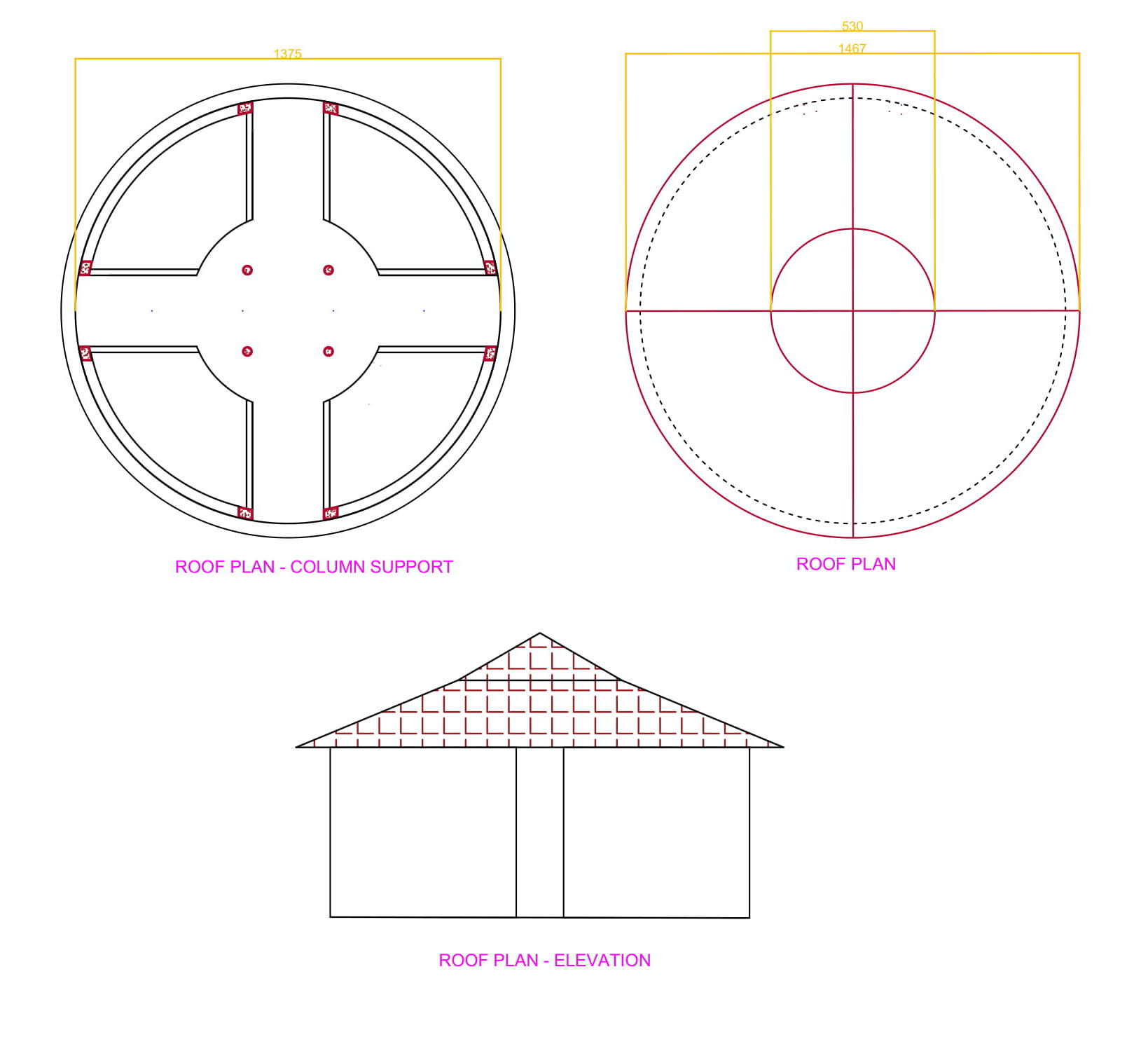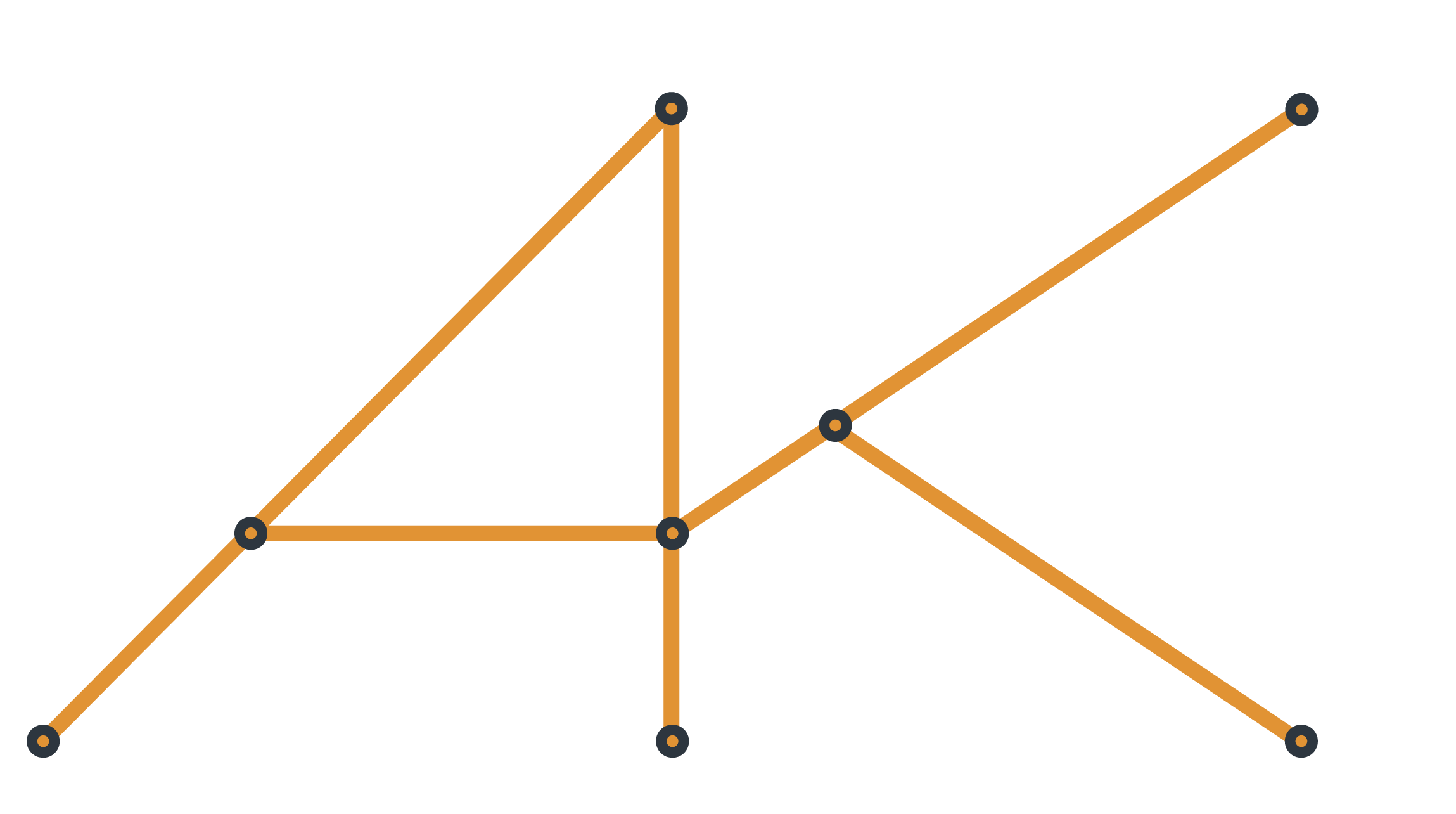This project focuses on attributing inclusivity in children from a young age through space - an interactive space for both abled and differently abled children where they can grow and learn by mingling with other using the elements of PLAY, MUSIC, DANCE & ART to develop empathy between each other and understand disability. The activities are designed for kids to interact and co operate with each other as they progressively navigate the space.

Image copyright to UNICEF USA
Can you imagine a stand-up comedian having cerebral palsy? Or a partially paralyzed person scuba diving underwater? Disability is not to be stigmatized and denied the right to an equal way of living, especially children with cerebral palsy who move and act different but possess intellectual levels as high as any other child. They are often placed in schools that cater to special needs instead of building inclusivity in regular school spaces. Empathy in education became the subject of research wherein it is necessary to impart empathy and understanding to children rather than just focusing on the study curriculum. There is a need to leverage technology to connect them so that they can be at par with their peers.
Research
Visiting a school for the differently abled
The school incorporates both abled and differently abled children though they do not share the same spaces. They conduct a preparatory process where the children are nurtured with life skills along with basic education before moving them up into higher classes. Being more inclined towards the fun side of things, the playground seemed an interesting space to understand the attributes of a differently abled child. The space particularly focused upon learning and improving the skills of cerebral palsy children and autistic children.




In order to make sense of the information gathered from the visit, a mind map was drawn to identify potential starting points for project ideation.
Understanding inclusivity in abled children
The aim of the experiment is to see how inclusive abled children could be and study the factors that affect their thinking. They were provided pictures which had a mix of abled and disabled children and asked a very simple question. “Who would you want to play with?”. They were divided into pairs to facilitate conversation to justify their answers with reasoning.
Towards the end, it was seen that almost all the children voted in favour of the abled children in the pictures and a NO written for pictures of the differently abled. They were unaware that a disabled child can play, study and move about in the same way that they can since they lacked knowledge.
Towards the end, it was seen that almost all the children voted in favour of the abled children in the pictures and a NO written for pictures of the differently abled. They were unaware that a disabled child can play, study and move about in the same way that they can since they lacked knowledge.
Expert Interview
A vital talk that shaped much of the progress of this project by gathering deep insights on physical disabilities and their effects on children, both physically and mentally. Drawing a mind map from the talk guided the project into a deeper, solitary direction. Insights were generated regarding all kinds of physical disabilities but in particular, most of the focus was laid upon cerebral palsy with respect to a statement termed by the doctor.
“Cerebral Palsy children look different but their intellectual levels are almost as much as any regular child.”
This pressed the process to focus on cerebral palsy children as they are most commonly placed in special needs schools when they are perfectly capable of studying in a class of abled students.
“Cerebral Palsy children look different but their intellectual levels are almost as much as any regular child.”
This pressed the process to focus on cerebral palsy children as they are most commonly placed in special needs schools when they are perfectly capable of studying in a class of abled students.
Ideation
The concept developed here was selected from a range of concepts each of which had their own complications owing to time, focus direction and priority considerations for a child with cerebral palsy.
Concept:
Using the element of fun to teach and understand disability while developing communication between abled and differently abled children.
Using the element of fun to teach and understand disability while developing communication between abled and differently abled children.
By bringing in elements of fun such as PLAY, MUSIC, DANCE and ART, children can be educated on cerebral palsy as lack of knowledge on subject leads to ostracization, fear and disregard.
Iteration 1
The game is a race from START to FINISH played in teams which encounters elements of fun along the way such that the children are expected to work together and bond, inevitably increasing the empathy between them. Elements of design also include different textures, colours and brightness are crucial factors for cerebral palsy children.
Complications:
A competition game could increase unwanted divide between children in the race to finish first. Also, by eliminating the concept of race, the space could be more wide spread making optimum usage.
A competition game could increase unwanted divide between children in the race to finish first. Also, by eliminating the concept of race, the space could be more wide spread making optimum usage.
Iteration 2
The iteration to the original space changes the structure of the game by removing the element of race. Each category will have two activities that children can work with. It is not mandatory for everyone to take part but it comes down to the children to interact with each other without competition by motivating to do better. The game is played in teams.
The game is set up in a school where children are allotted separate timings to interact with the space as it has been designed in such a way to fit only a limited amount of students.
Prototyping
A couple of activities were prototyped to garner an understanding of the idea such as
- how can a person with CP feel textures on the textured mat on the Dance floor?
- In the Rhyming Play, how does the spinning wheel work?
- how can a person with CP feel textures on the textured mat on the Dance floor?
- In the Rhyming Play, how does the spinning wheel work?
It was realized that the space could be designed keeping a wide range of physical disabilities on mind. The textural pattern can help both an orthopaedically challenged child as well as a visually impaired child. Hence, there was a huge shift in focus but a broader one which resulted in design for most of the physical disabilities which include the blind, the deaf and dumb, cerebral palsy, epilepsy, mul`tiple sclerosis etc.


Deliverable
The concept was fixed and decided but refinement has to be worked on to make the space more accessible:
1) Initially the activities were to be on the ground surface but when the concept of wheel chair bound children came into the picture, it was better considered to shift the activities to the wall such that every child can access it easily.
2) The layout which was originally a square has been remodelled into a circular shape. This shape is more accessible for children as the concept of having an edge would be a dead end. Instead, to keep the students moving, a circular design is best suited. Irrespective of where the students start, they end up in the same point after a complete circle of the space.


Conclusion
Inclusivity is a complexity in the current educational Indian system owing to biases and cultural norms. The task to bring about inclusion needs understanding that expects certain amount of knowledge and in-depth exposure to the practical condition and attributes of the differently abled and their lifestyles.


